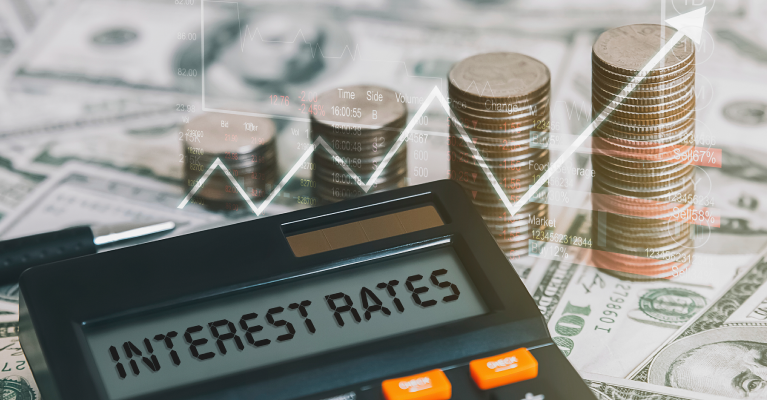Inflation is the rate at which the cost of goods and services rises over time and can affect almost any good or service: food, housing, utilities, entertainment. As inflation rises, the purchasing power of consumers is diminished because over time inflation adds up, the value of the dollar declines, and consumers are forced to spend much more for the same basket of goods and services.
Economists put inflation into two categories: cost-push inflation or demand-pull inflation.
Cost-push Inflation
Cost-push inflation occurs when prices increase due to rising production costs, such as raw materials (oil, copper, lumber) and wages. The demand for goods remains unchanged while the supply of goods decreases due to the higher costs of production. The added costs of production result in higher prices for consumers.
Demand-pull Inflation
Demand-pull inflation occurs when the economy demands more goods and services than are available. This type of inflation generally occurs when incomes are rising, and unemployment is low. As demand increases, supply remains constant, pulling the prices for goods and services up.
Inflation Today
The U.S. economy is currently experiencing a combination of cost-push and demand-pull inflation. While it may only be temporary, the U.S. is experiencing inflation not seen since the 1970s.
Cost-push inflation is being seen in the price of raw materials. Prices have skyrocketed in recent months. Oil rigs, mines, and lumber mills were shuttered as the pandemic raged in 2020. Once the slowdown passed, demand for these raw materials has risen substantially, leading to a rise in prices. To restart a sawmill or begin mining again is not as easy as flipping a switch.
How it Affects Us
The cost of building a new home has increased greatly as copper pipe and plywood prices are through the roof. Eventually, supply will grow to meet demand, but natural resource-rich companies currently have a level of pricing power they haven’t seen for decades.
At the same time, demand-pull inflation is also taking hold. Economic re-opening is creating a surge in demand for these same raw materials. In addition, pent-up demand from last year and newly created demand from stimulus checks and enhanced unemployment benefits is creating shortages of supplies and shipping bottlenecks across the supply chain. For example, auto companies are having trouble producing enough cars due to a shortage of semiconductor chips that are part of the assembly process. The cost of storage containers and securing space on cargo ships is climbing sharply. These added costs are being passed on to consumers. Gas prices have jumped, partly fueled by limited supply, but also driven by energy companies’ inability to find enough truck drivers to deliver the fuel. The best way to find more truck drivers is to raise wages and that too will lead to more inflation.
Most economists expect this inflation to be temporary. As supply comes back on-line and pent-up demand is satisfied, supply and demand should come back into balance. Once this happens, inflation should hypothetically decrease, however, until that happens, expect higher prices in grocery stores, restaurants and at the gas pump.
What We Can Do
Consumers should consider keeping extra cash handy to meet the added expenses that might show up in grocery or utility bills. If a non-perishable product is on-sale, you might consider purchasing extra and storing it as that product may be more expensive the next time you need to buy it. If you purchase oil or propane to heat your home in the winter, you may consider locking in a price up front, anticipating that prices will heat up in the winter season.
To prepare an investment portfolio for inflation, investors should emphasize a diversified portfolio of common stocks, preferably companies that are leaders within their respective industries. These companies may be able to pass through rising costs to consumers if inflation becomes a trend rather than a temporary spike. Also, short-term bonds historically tend to do better than long-term bonds in periods of rising inflation. As short-term bonds mature, they can be reinvested at higher interest rates as rates tend to rise when inflation is rising.

Helping you boost your financial intelligence.
Read our financial resources from your friends at WSFS.




